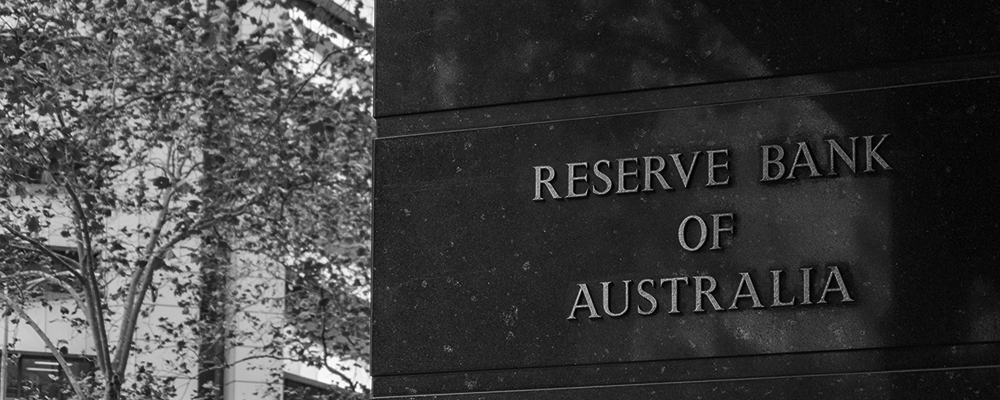The RBA Gives Green Light to AUD Decline, Euro Waits for Hawkish Signals From the ECB

As market volatility continues to dwindle, investors are likely to favor currencies where central banks are raising interest rates. However, paths of monetary policy are still highly dependent on a country's success in the fight against the delta strain and the possible risks of a fresh autumn wave. Contrary to expectations, the Reserve Bank of Australia has become one of the first to indicate that it may be premature to scale back asset purchases.
FX liquidity continues to improve after Monday's Labor Day in the United States. Expectations that the Fed will postpone tightening the policy until the end of the year are holding back the development of corrective sentiment in US equity market. The Reserve Bank of Australia gave a positive signal regarding the prospect of keeping rates low in developed countries at its meeting today, deciding to extend QE by three months to mitigate the impact of lockdowns introduced in response to the delta strain outbreak. There are no broad expectations that other Central Banks will follow the case, but clearly RBA gave food for thoughts with its unexpected dovish move.
The prospect of developing the downside momentum in AUDUSD is becoming more realistic, given the fact that the RBA may start to lag behind the Fed in the tightening race after the US Central Bank meeting in mid-September. The nearest targets for the pair are the levels 0.735 and 0.73:

European markets struggle to sustain gains today while futures for US indices are also tending to decline. The cryptocurrency market turned out to be even less stable and turned into a full-fledged correction. The US dollar is holding up and it is obvious that the support is provided by the growing risk-off.
Interestingly, the dollar advance is not uniform. The American currency rose against all major opponents (including commodity currencies) except the euro. This can be explained by expectations of a hawkish shift in policy at the ECB meeting on Thursday. A hint of PEPP tapering will likely trigger Euro rally above 1.19, but if this does not happen, there may be pullback in hawkish expectations, which are priced in the euro.
It should be tough for greenback to develop upward momentum given the technical resistance - the upper border of downward channel, which is guiding USD decline currently:

Better-than-expected Chinese foreign trade data in August bolstered hopes that global expansion would not slow down much in the fourth quarter. At the same time, the index from ZEW on business sentiment in Germany came slightly worse than forecasted. Together with expectations that the ECB will make an announcement related to tighter monetary policy, this has led to a weak performance in European risk assets today, which is expected to continue until the ECB meeting.
Disclaimer: The material provided is for information purposes only and should not be considered as investment advice. The views, information, or opinions expressed in the text belong solely to the author, and not to the author’s employer, organization, committee or other group or individual or company.
Past performance is not indicative of future results.
High Risk Warning: CFDs are complex instruments and come with a high risk of losing money rapidly due to leverage. 71% and 70% of retail investor accounts lose money when trading CFDs with Tickmill UK Ltd and Tickmill Europe Ltd respectively. You should consider whether you understand how CFDs work and whether you can afford to take the high risk of losing your money.